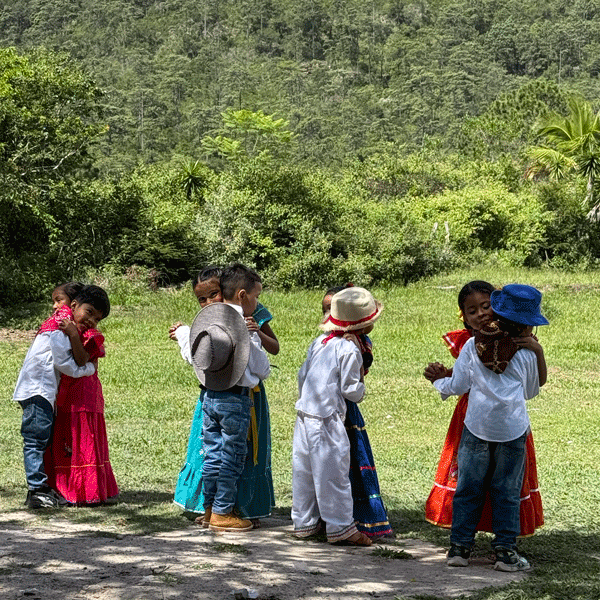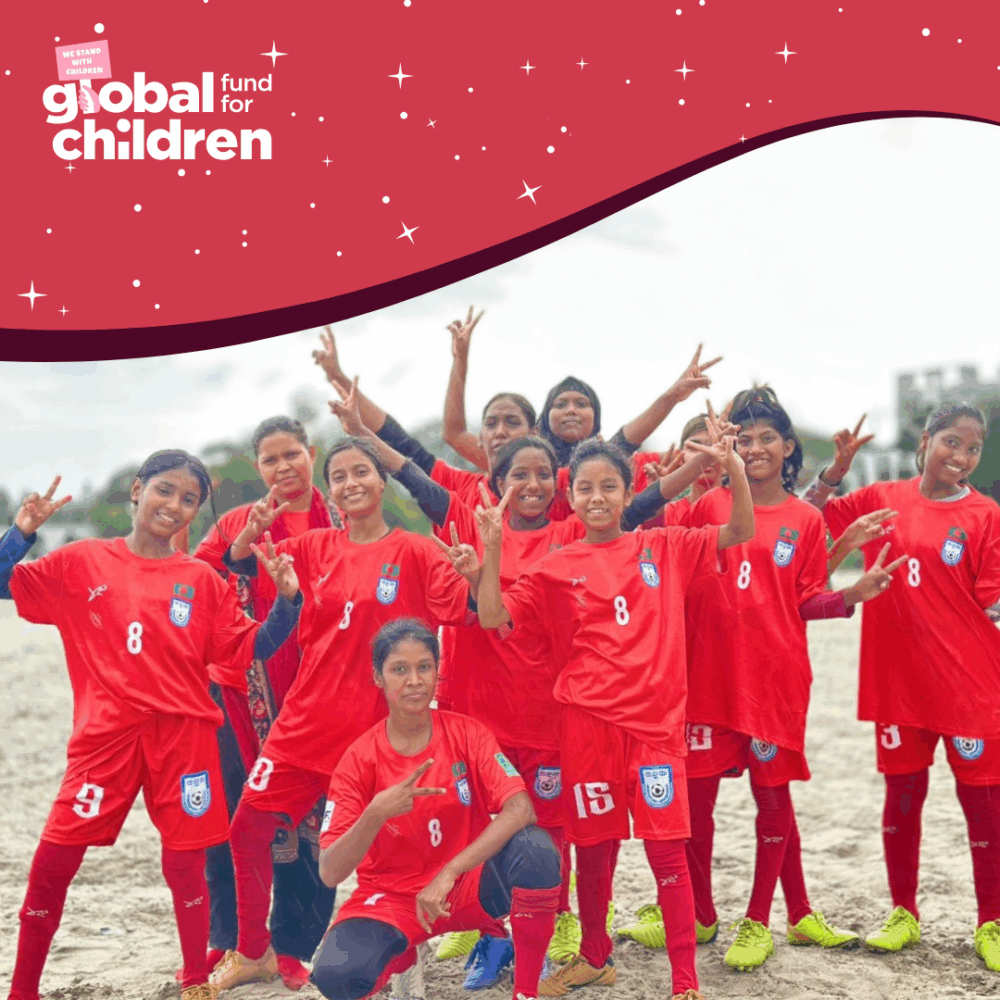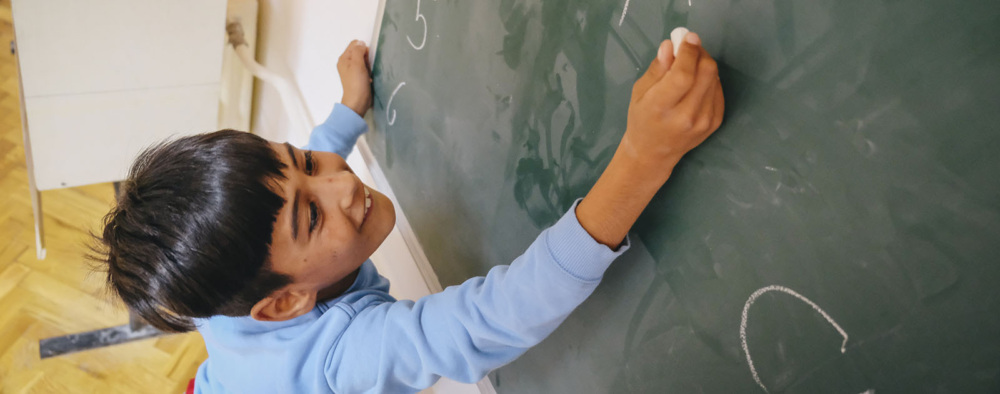
Education
Together with community-based partners around the world, we can create meaningful change for children, young people and communities — from improved education and accessibility to reducing violence, especially against girls.
Every gift counts & this winter every donation will be doubled thanks to a $10,000 match!
Education, Gender justice, Safety and wellbeing, Youth power
The demand for a Theory of Change among international nongovernmental organizations and foundations has increased over the last few years. However, the question remains whether organizations are using this tool for compliance or actual strategic improvement and learning.
In 2018, Global Fund for Children started on the journey of developing its Theory of Change for the first time. We are now excited to share our newly launched Theory of Change with you, as we continue on the path of critically questioning what and why changes are happening, in what circumstances, and what our contribution to these changes is.
GFC’s Theory of Change is a framework to increase the organization’s evidence-based practice and validate its strategies and hypothesis behind social change. Our Theory of Change allows us to better frame our measurement efforts and guide our strategic choices.
In other words, our Theory of Change shows what needs to happen to achieve our vision: a world where all children and youth are safe, strong, and valued.
[image_caption caption=”Children participate in an activity with a local partner in Nicaragua. © Kuba Okon” float=””]
 [/image_caption]
[/image_caption]
We started this journey in early 2018 while undergoing fundamental organizational changes, including a new CEO and a refreshed grantmaking strategy. The Theory of Change methodology surfaced as an interesting approach to help navigate these complex changes, to align our understanding of the impact of our financial and nonfinancial support to local organizations, and to better communicate the results of our work to outside audiences.
GFC contracted an external consultant to initiate the process by engaging current staff, and a sample of board members, donors, partners, former staff, and Youth Leadership Council members, to collect their views. I took on leadership of this effort when I joined GFC in January 2019. After conducting several aligning meetings, developing a narrative to describe our Theory of Change, and identifying what information GFC needs and can measure, we brought the development of the Theory of Change in house.
As I look back at this nine-month process, a few key questions come into mind:
What have been the biggest challenges of building our Theory of Change at GFC? What have we learned? What is next?
I knew coming into GFC that building on the work of an external consultant would pose interesting challenges and provide significant opportunities. I was clear about one thing from the start: it’s fundamental that staff buy into and feel ownership over the Theory of Change before we can put it into practice. We’ve come a long way in reflecting on our true value to our partners and our role in the impact we want to achieve with children and youth, and in defining this together. Now we need to continue working to use the Theory of Change to drive our strategic planning and learning agenda.
One of the most important learnings from this process was how GFC defines its contribution to social change. For GFC, defining impact at our partners’ level was a crucial moment. Local organizations cannot fully control many outcomes, but through our financial and capacity development support, we expect that they will capitalize on their influence to solve complex problems in their communities. We are also being intentional about connecting our partners in an effort to generate further collaboration and greater impact.
While the process of developing our Theory of Change has been participatory and transformative, it has also served as a source of important organizational learnings. It’s clear that we need to reinforce our internal capacity to utilize data for decision-making and learning. This will help us to improve the design and execution of our grantmaking programs, based on self-generated evidence.
Finally, building our Theory of Change was a longer process than we initially anticipated. The flexibility to allocate additional staff time for this effort, although not ideal, was in the end a positive decision. Maintaining momentum and not overloading stakeholders with the process was one of the most important balancing acts we took on.
[image_caption caption=”Our local partner Samburu Girls Foundation provides girls with access to education in Kenya.” float=””] [/image_caption]
[/image_caption]
As a funder, we want to build trust-based relationships with our partners. At the same time, we also want to effectively allocate our resources by continuously measuring the impact of our grants. We plan to use our Theory of Change to improve our grantmaking strategy in the future.
We’ll collect more data about results happening across the different levels of our Theory of Change, to validate our conception of change. We’ll use the Theory of Change to build internal processes that are more systematic. We’ll also explore new ways of challenging our conceptualization of change, via innovative impact evaluation and partner feedback. As these new approaches evolve, we expect to adjust our Theory of Change over time to reflect changes in the complex environments where we operate, and to respond to the new learnings that we generate.
After learning about our partners’ Theories of Change and developing our own, we’ve gained a greater appreciation of the complexities of implementing and measuring impact, which we’ll take forward in our current and future partnerships. This process has helped us emphasize the need to involve our partners in a more open discussion of how our relationship can improve their missions and how we can measure success together.
Looking into the future, we intend to use the Theory of Change to formulate strategic funding programs and increase effectiveness of grantmaking in the field of children’s rights.

